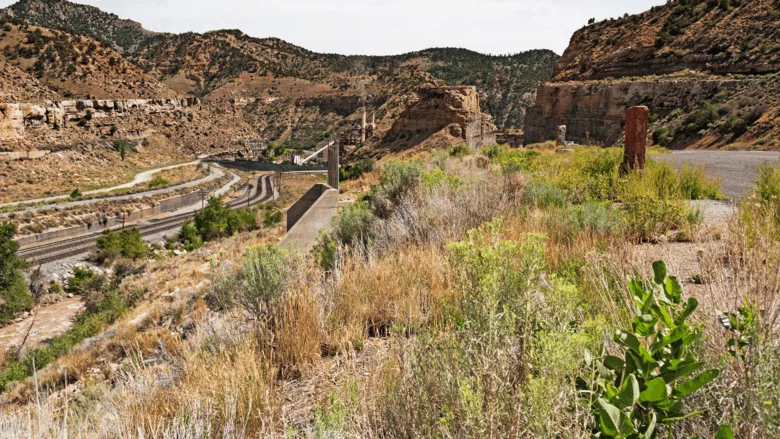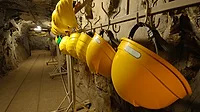Interior Department Unveils $725 Million Plan to Revitalize Coal Country
States and tribal governments will now begin submitting detailed project proposals.

Image via Jmoor from Getty Images Signature
In a sweeping move to reinvigorate coal communities and address lingering environmental hazards, the U.S. Department of the Interior has announced nearly $725 million in funding for fiscal year 2025 to reclaim abandoned coal mines across the United States. The investment, part of President Donald Trump’s America First Energy Agenda, marks one of the largest federal commitments to land restoration and economic revitalization in coal-producing regions.
The funding, managed by the Office of Surface Mining Reclamation and Enforcement (OSMRE), will support state and tribal efforts to clean up hazardous mine sites, restore water quality, and repurpose unused lands for economic development.
“This is about unleashing new opportunities and putting people back to work,” said Adam Suess, Acting Assistant Secretary for Land and Minerals Management. “These grants are proof that we can clean up the past while building a stronger energy future.”
Abandoned coal mines, many of which date back decades, pose serious safety risks and environmental challenges. Collapsed tunnels, open shafts, and contaminated runoff endanger nearby communities and ecosystems. This program is designed to tackle those threats while laying the groundwork for new infrastructure, recreation areas, or business ventures on formerly uninhabitable land.
Where the Money Is Going
Grants will be distributed to 22 states and the Navajo Nation, with award amounts based on historic coal production. The top recipients include:
Pennsylvania – $244.8 million
West Virginia – $140.7 million
Illinois – $75.7 million
Kentucky – $74.2 million
Ohio – $46.4 million
Navajo Nation – $1.7 million
Each state and tribal nation will choose its own projects, with the goal of aligning reclamation work to local economic and environmental priorities. These may include transforming old mine lands into industrial parks, outdoor recreation hubs, solar energy fields, or restored natural landscapes.
Once the backbone of American industry, coal towns have been hit hard by automation, energy market shifts, and regulatory change. This funding is intended not just to clean up, but to reboot local economies and provide job opportunities where few remain.
Federal officials framed the investment as part of a broader plan to renew forgotten regions while strengthening domestic energy production and infrastructure.
“President Trump made it clear that no American community should be left behind,” said Suess. “This program is a direct response to that promise.”
The program reflects Interior Secretary Doug Burgum’s push to streamline federal processes and speed up project implementation. By partnering directly with local governments and tribal leaders, the Department hopes to reduce bureaucracy and ensure that reclamation efforts are tailored to community needs.
Thomas Shope, OSMRE’s regional director, emphasized the long-term commitment. “Rather than leaving these lands to waste, we are putting them back to work for the American people,” he said.
Beyond jobs and economic growth, this initiative aims to address long-standing environmental injustices in rural and Indigenous communities disproportionately impacted by the legacy of mining. Abandoned mine land (AML) cleanup reduces the risk of toxic runoff, protects drinking water supplies, and restores land that can be used by future generations.
The Navajo Nation, for example, will receive $1.7 million — modest compared to some states, but a potentially transformative amount for reclaiming land and building tribal-led infrastructure projects.
States and tribal governments will now begin submitting detailed project proposals. With funding secured, actual reclamation work could begin later this year. The program is expected to create hundreds, if not thousands, of jobs across engineering, construction, environmental science, and skilled trades.
As Washington aims to balance environmental cleanup with energy development, this plan may serve as a national model for how to invest in post-industrial communities without sacrificing local autonomy or economic growth.
Looking for a reprint of this article?
From high-res PDFs to custom plaques, order your copy today!







